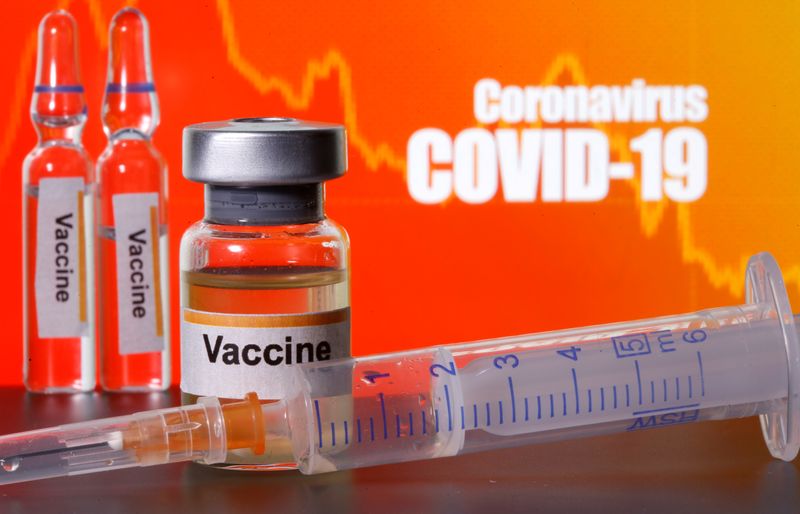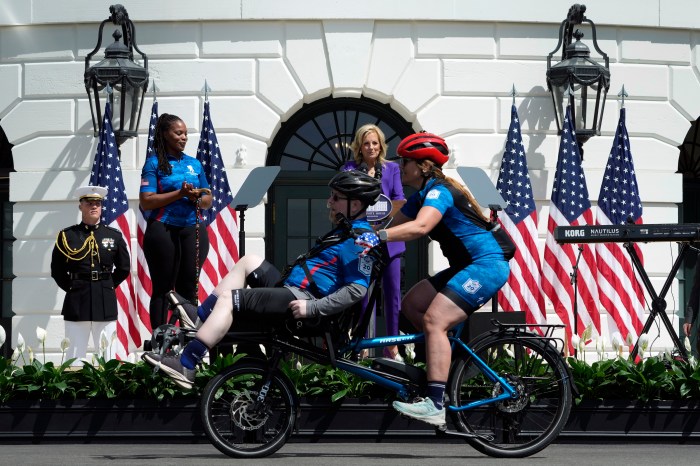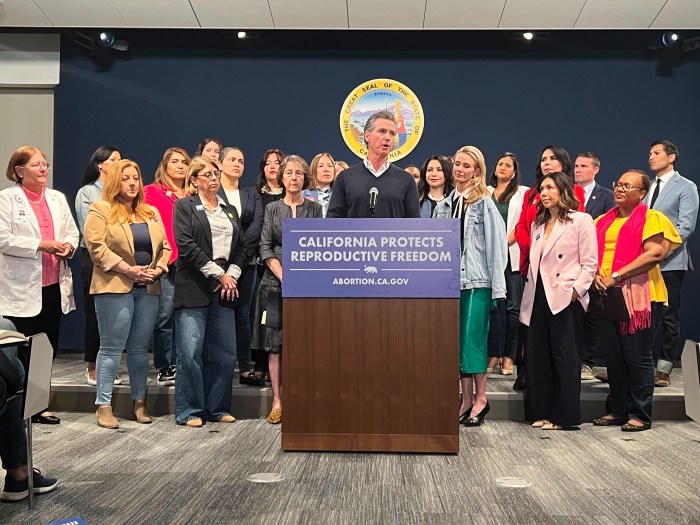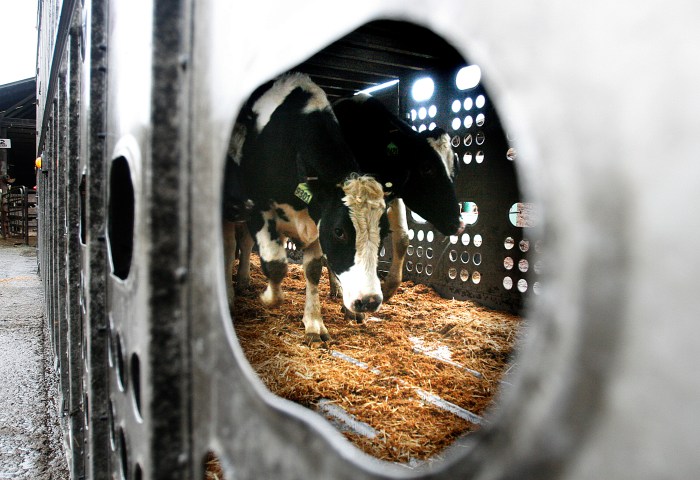Nov 23 (Reuters) – Drugmakers and research centres aroundthe world are working on COVID-19 vaccines, with large globaltrials of several of the candidates involving tens of thousandsof participants well underway.
The following is what we know about the race to delivervaccines to help end the coronavirus pandemic that has claimedmore than 1.34 million lives worldwide:
Who is furthest along?
U.S. drugmaker Pfizer Inc and German partnerBioNTech SE released final late-stage trialdata on Nov. 18 that showed their shot was 95% effective atstopping COVID-19, the highest efficacy rate so far.
The companies are the first to publish final Phase IIIefficacy and safety data and plan to apply for an emergency useauthorization (EUA) in the United States within days.
On Nov. 16, another U.S. pharmaceutical company, Moderna Inc, released interim data showing that its vaccine workedin a large, late-stage clinical trial with a 94.5% efficacyrate.
Interim late-stage trial results for Russia’s Sputnik Vvaccine published on Nov. 11 showed the shot is 92% effective.
AstraZeneca said on Monday its vaccine for the novel coronavirus, developed by Oxford University, could be around 90% effective without any serious side effects.
Johnson & Johnson says it is on track to deliver data this year.
What happens in these trials?
The companies are testing their vaccines against a placebo -typically saline solution – in healthy volunteers to see if therate of COVID-19 infection among those who got the vaccine issignificantly lower than in those who received the dummy shot.
What were pharma companies waiting for to release data?
The trials rely on subjects becoming naturally infected withthe coronavirus, so how long it takes to generate resultslargely depends on how pervasive the virus is where trials arebeing conducted. Each drugmaker has targeted a specific numberof infections to trigger a first analysis of their data.
Early in the trials, infection rates were low. With a surgein infections around the globe in October and November, trialparticipants became infected more quickly.
Pfizer’s final results were based on 170 cases within itstrial involving more than 43,000 participants.
Moderna conducted its interim analysis after 95 participantsdeveloped COVID-19, while Russia’s examination was conductedafter 20 volunteers developed the disease.
AstraZeneca said its interim analysis was based on 131 infections among participants who received the vaccine and those in a control group who were given an established meningitis shot.
How well are the vaccines supposed to work?
The World Health Organization ideally wants to see at least70% efficacy in trials. The U.S. Food and Drug Administrationwants at least 50% – which means there must be at least twice asmany infections among volunteers who received a placebo as amongthose in the vaccine group. The European Medicines Agency hassaid it may accept a lower efficacy level.
When will regulators rule on safety and efficacy?
Pfizer/BioNTech plan to submit an EUA application in theUnited States within days. Moderna aims to file an applicationin the coming weeks once it has the two months of safety data onhalf the trial participants, as required by the U.S. Food andDrug Administration. That should happen in the second half ofNovember.
That means an FDA decision is unlikely before December.
AstraZeneca said on Monday it will immediately prepare regulatory submission of the data to authorities around the world that have a framework in place for conditional or early approval.
Regulators for Europe, the United Kingdom and Canada areconsidering data as it becomes available. It is not clear whencompanies will submit efficacy data or when the agencies wouldmake a decision.
Could these be the first widely available coronavirusvaccines?
Yes, although China launched an emergency use programme inJuly aimed at essential workers and others at high risk ofinfection that has vaccinated hundreds of thousands of people.
At least four Chinese vaccines are far along including thosefrom China National Biotec Group (CNBG), CanSinoBiologics and Sinovac Biotech.
Sinovac said on Nov. 18 that mid-stage trial results showed its CoronaVac vaccine triggered a quick immune response but thelevel of antibodies produced was lower than in people who hadrecovered from the disease.
CNBG has said it expects early trial data as soon asNovember.
Russia has also given the Sputnik V vaccine developed by theGamaleya Institute to 10,000 members of the general populationconsidered at high risk of contracting the virus.
(Reporting by Carmel Crimmins and Carl O’Donnell; Additional reporting by Julie Steenhuysen in Chicago, Michael Erman in New York, Ludwig Burger in Frankfurt, Alistair Smout in London and Polina Ivanova in Moscow; Editing by Caroline Humer, Edwina Gibbs, David Clarke and Susan Fenton)



















